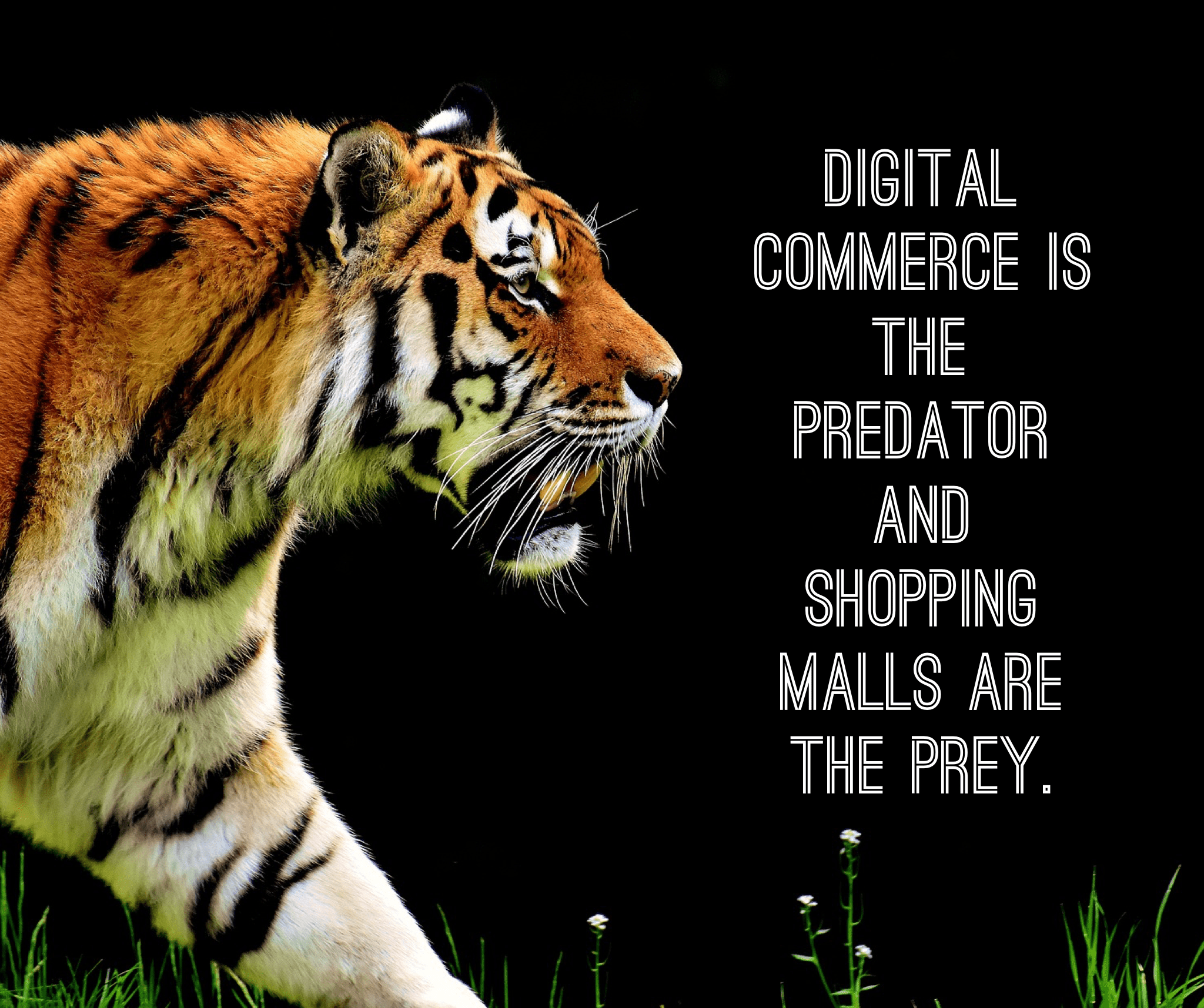
Written by Ascari Pena
In 2017, various businesses are either rising or crashing. Right now, we are seeing the beginning of the end for malls. Studies have shown that in 2021, 25 percent of malls will be closed. With the emerging rise of e-commerce, Americans are starting to ditch large retailers like Macy’s, JC Penney’s and Sears for digital companies such as Amazon. To understand this downfall, let’s look at the past, present and future of the American consumer.
Digital marketing companies have predicted this downward trend occurring over the past 15 years and are beginning to capitalize on their correct predictions of the fall of the American mall lifestyle. With marketing firms targeting consumers with extremely competitive pricing of products and the inconvenience of driving to a mall and walking, malls will become obsolete. Property management companies must begin to restructure their business model to deliver further value.
Past
To give a bit of a history lesson, let’s step back in time a bit. In 1956, the very first indoor shopping mall called Southdale opened outside Minneapolis. After the exploding popularity of malls, there was a large retail boom in the United States.
In 1960, there were 4,500 malls that made up 14% of retail sales. In 1987, there were 30,000 malls accounting for over 50% of all retail dollars spent. Malls were the emerging destination for commerce, hanging out and community gathering events.
Malls were the place to be and quickly became a staple in the American lifestyle.
Present
Since 2006, no new indoor malls have been built. This is around the time that online commerce began to emerge. Digital marketing companies have taken notice of this and capitalized on the shift of attention from malls to iPhones. Since 2004, the net sales revenue of Amazon has risen from 6.92 billion to nearly 136 billion dollars.
This is now where our eyeballs and dollars have all shifted to. With less hassle and lower prices, the incentive of going to the mall for relaxation or socializing has become a thing of the past.
Future
In the age of embarrassing viral videos of people stomping over each other at Walmart over a discounted TV on Black Friday, the experience of shopping amongst other American consumers is increasingly negative. If malls are not providing a product or event that requires in person attendance, they will fail.
Marketing firms that represent these properties are looking at new avenues of either providing further value to American consumers to re-attract them, or re-purposing these structures to self-storage, doctor’s offices or apartment structures.
Sources:
http://www.acrwebsite.org/search/view-conference-proceedings.aspx?Id=7196
https://www.statista.com/statistics/266282/annual-net-revenue-of-amazoncom/


